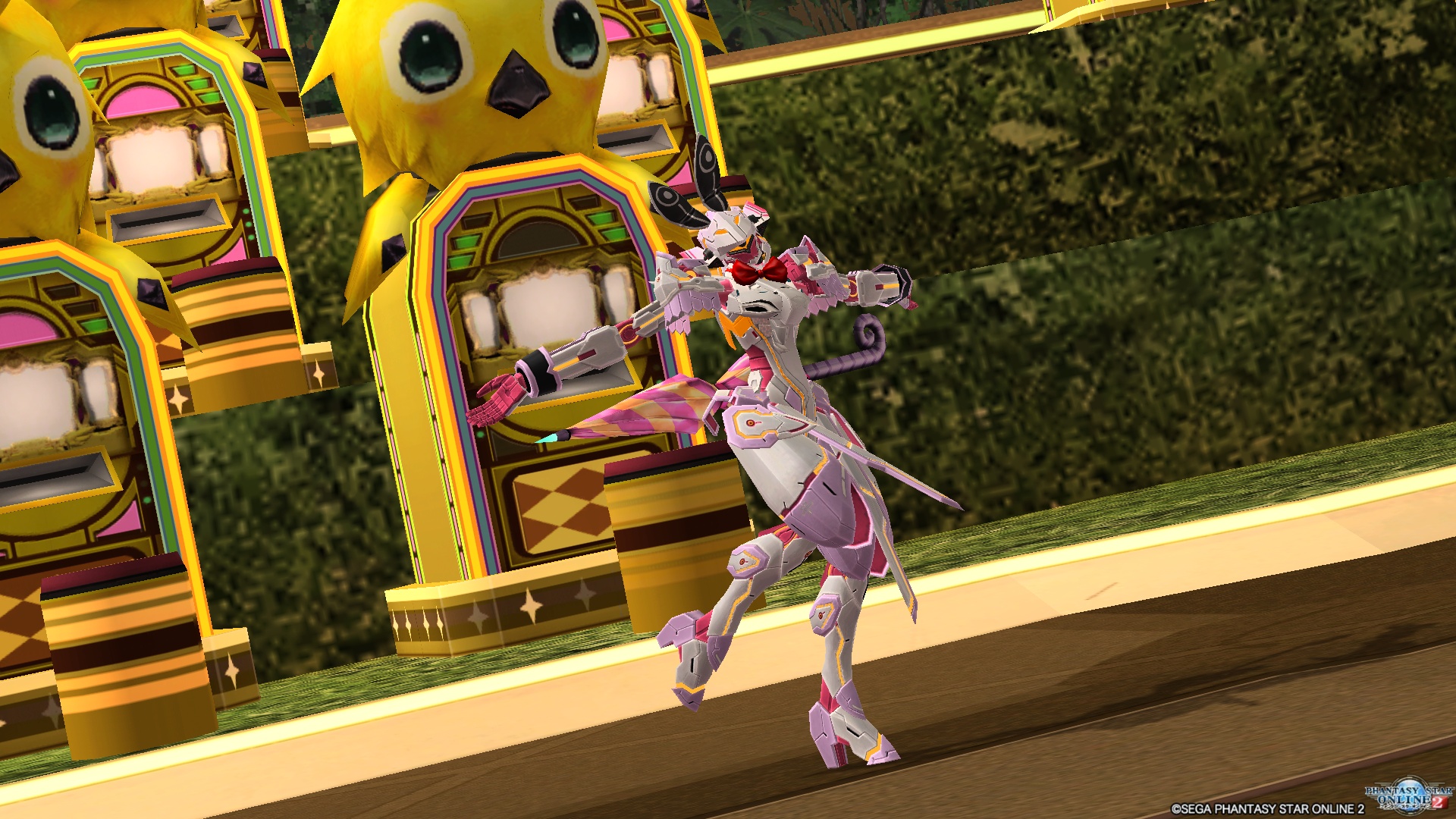


The ionising-radiation-sensitive mutants appear to present a diverse group, with defects in many different steps of repair. Mutations in at least 8 and possibly 9 distinct complementation groups are involved in the repair of ionising-radiation damage (Jones etĪl., 1988 Thacker and Wilkinson, 1991 Jeggo et al., 1991). The evidence to date suggests that mammalian cells have invested in mechanisms of radiation repair at least to an equal extent.

These may not all represent distinct genes but clearly a large number of gene products are involved in the repair of ionisingradiation damage. For example, in the yeast, Saccharomyces cerevisiae, mutants in more than 20 distinct loci have been described which show sensitivity to ionising radiation (Friedberg, 1988). That the available evidence suggests that mutations in a large number of distinct genes can confer sensitivity to ionising radiation. Jeggo, MRC Cell Mutation Unit, University of Sussex, Falmer, Brighton BN1 9RR (Great Britain). * Present address: Biomedical Sciences Division, Lawrence Livermore National Laboratory, Livermore, CA 94550 Considering this range of lesions it is perhaps not surprising Furthermore, these damages may frequently be combined, for example a break may have a damaged base at its terminus. Ionising radiation induces a broad spectrum of damages in DNA, including basc damage and base loss, single- and double-strand breaks and DNA cross-links. One of these mutants was sensitive to the DNA cross-linking agents examined (irslSF), but the other was not at all sensitive to this class of drug (EM9). Two mutants were also notably sensitive to the topoisomerase I inhibiting anticancer drug, camptothecin. The results with these mutants suggest an involvement of double-strand break rejoining in the repair of certain cross-link damage. Two of the remaining complementation groups (xrs and XR-1) have a defect in rejoining DNA double-strand breaks, and these exhibit sensitivity to 3 of the 4 D N A - D N A cross-linking agents. These two mutants also show sensitivity to UV-irradiation. Two complementation groups were identified as having a major sensitivity to cross-linking damage, more marked than their sensitivity to ionising radiation (irsl, irslSF). The mutants represent 7 distinct complementation groups. Summary A range of hamster cell mutants, which have been characterised as sensitive to ionising radiation, were examined for their cross-sensitivity to four DNA-DNA cross-linking agents and the protein-DNA cross-linking agent, camptothecin. Keyworda: Mammalian cell lines DNA repair Cross-linking agents Camptothecin a n d P e n n y J e g g o b a National Institute of Medical Research, Genetics Division, The Ridgeway, Mill Hill, London N W 7 1AA (Great Britain) and b M R C Cell Mutation Unit, University of Sussex, Falmer, Brighton BN1 9RR (Great Britain) (Received 6 December 1990) (Revision received 15 February 1991) (Accepted 8 March 1991) 0921-8777/91/$03.50 A D O N I S 092187779100087DĬross-sensitivity of 7-ray-sensitive hamster mutants to cross-linking agents K e i t h C a l d e c o t t a. Mutation Research, DNA Repair, 255 (1991) 111-121 © 1991 Elsevier Science Publishers B.V.


 0 kommentar(er)
0 kommentar(er)
